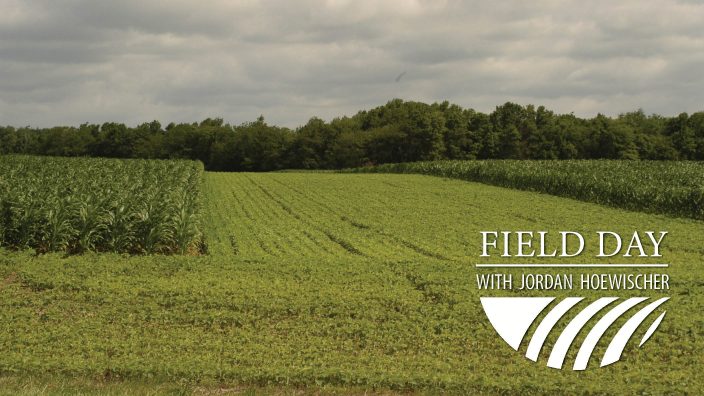Applications for Ohio Farm Bureau Health Plans now available
Members have three ways to apply: contacting a certified agent, calling 833-468-4280 or visiting ohiofarmbureauhealthplans.org.
Read MoreOhio Farm Bureau’s Director of Water Quality and Research Jordan Hoewischer talked with Dr. Jessica D’Ambrosio of The Nature Conservancy earlier this summer. On this edition of Field Day, Hoewischer and D’Ambrosio discussed the role of The Nature Conservancy and how the organization works with farmers to help make positive impacts on water quality.
Field Day with Jordan Hoewischer is an ongoing series of conversations with experts and leaders who are helping to shape and secure the future of Ohio’s ag industry for generations to come.
Following are some highlights from Episode 8. Complete transcript
A: The Nature Conservancy is the largest conservation organization in the world. We’ve got offices in all 50 states in the U.S. and in more than 60 countries across the world. It’s our mission to preserve the land and water upon which all life depends. We probably got our start and are probably most famously known for purchasing and protecting rare and unique places all over the world. In this area of the world the, the Western Lake Erie Basin, we learned early on we are trying to protect a endangered mussel species in the St. Joseph River and we realized really early on that we weren’t able to do the work we needed to do to protect that species without involving the landowners, and the landowners in that watershed were predominantly farmers. Once we started talking to them instead of ignoring them or not incorporating them in the solutions, we found that they were many times more interested and more excited about what we were doing, sometimes more than we were.
A: If you read the mass balance study that was recently done by Ohio EPA, you’ll see that it does state that the voluntary measures that are in place now, and continue to be in place, have done a really good job of – I am going to use an analogy here – stabilizing the patient. So we have a patient, Lake Erie and Lake Erie watershed, who’s sick and those voluntary practices, without those in play, we wouldn’t be able to debate these ideas and these decisions about what we should do next and who we should involve. I think regulatory measures and policies need to be on the table as part of the solutions. Continued voluntary action does too. So, can we take next steps, voluntary or regulatory, that help treat the root causes and then can that lead us towards really getting rid of the disease that Lake Erie has which is these chronic algal blooms.
A: I think that’s where The Nature Conservancy has had a lot of success in working with the ag community as we’ve sat down and we’ve said, ‘Hey let’s talk about how we can work on this together and what are real solutions you can implement as an industry’ rather than saying it your ‘It’s your fault; you better fix it or else.’ So, again catching more flies with honey than with vinegar and real solutions that are practicable and that are cost effective that makes sense.
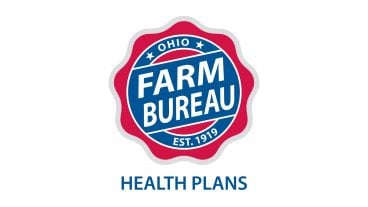
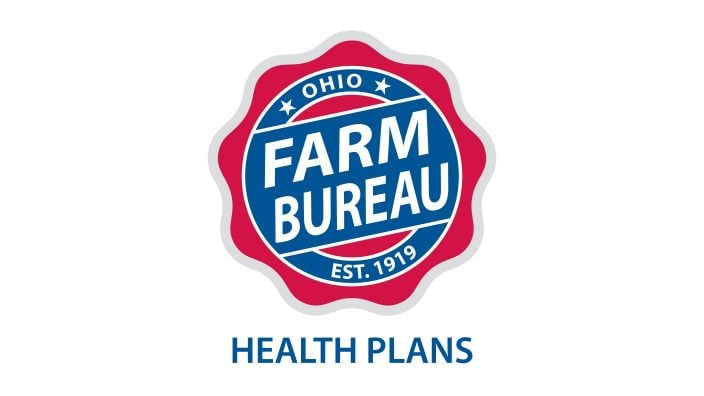
Members have three ways to apply: contacting a certified agent, calling 833-468-4280 or visiting ohiofarmbureauhealthplans.org.
Read More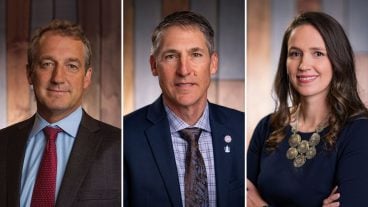
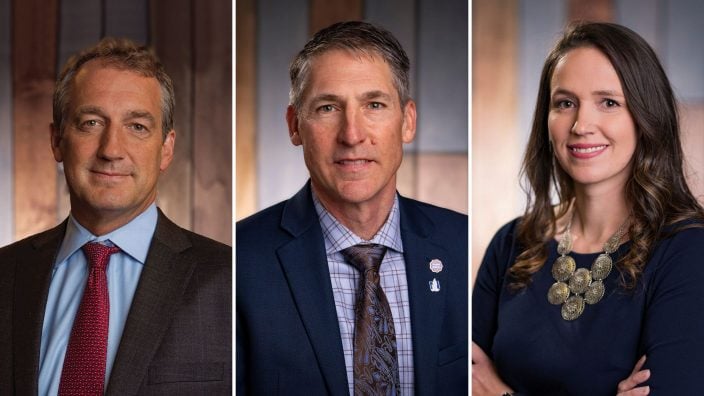
Bill Patterson, Cy Prettyman and Adele Flynn will continue to serve as officers for Ohio Farm Bureau Federation.
Read More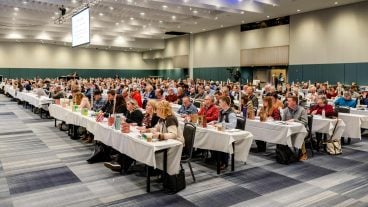

Delegates discussed many topics impacting agriculture including farmland preservation, local foods, and succession planning.
Read More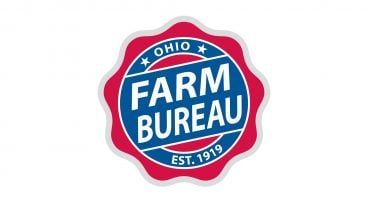
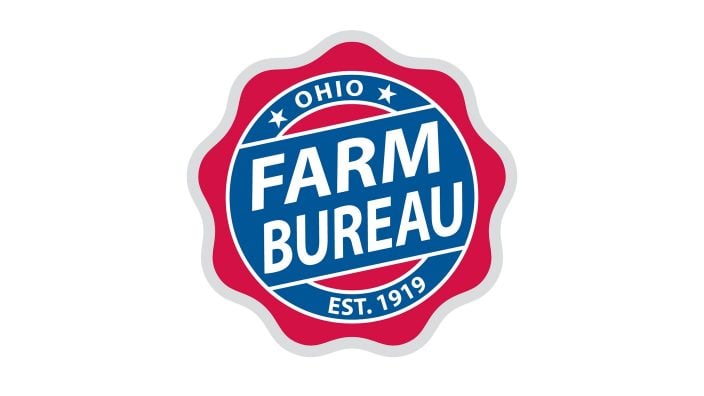
Twenty-six farmers govern the state’s largest farm and food organization.
Read More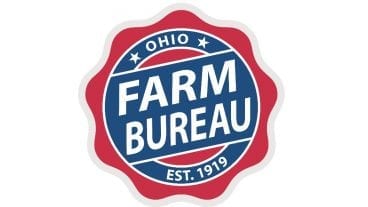

The 2025 recipients are Fred Cooke (posthumous) of Richland County, Marvin Dietsch of Williams County, Steven Knollman of Hamilton County and Michele Miller (posthumous) of Ottawa County.
Read More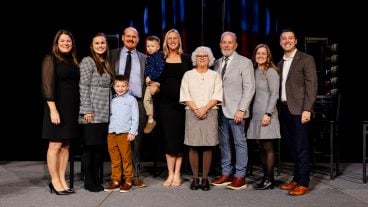
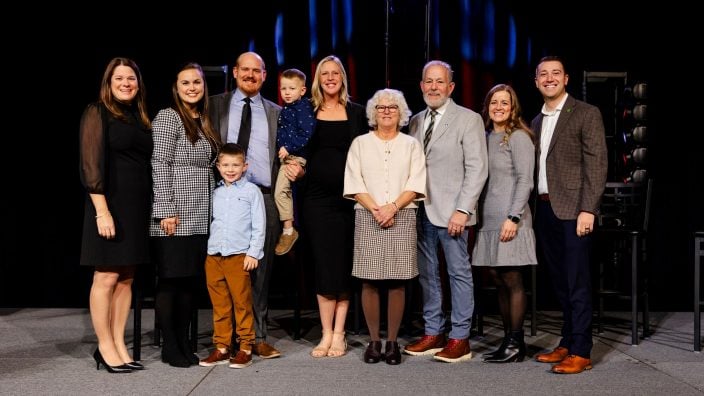
Nathan and Jill Parriman grow seasonal crops, including Christmas trees, pumpkins and cut flowers, providing U-cut experiences that invite customers to engage directly with agriculture.
Read More
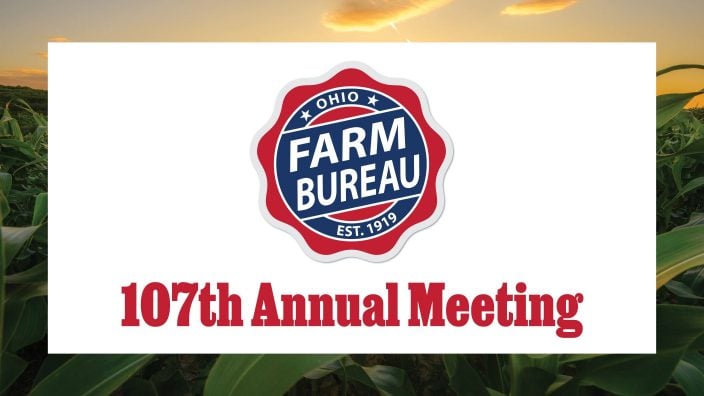
The 2025 Distinguished Service Award recipients are Craig Adams, Mike Townsley, and Kellogg Farms, Kurt Farms and Stateler Family Farms.
Read More

Ohio Farm Bureau Treasurer Adele Flynn participated in the meeting, representing Ohio farmers.
Read More

For Ohio and PJM region, the outlook is reassuring—ample reserves and strong planning should keep the power on.
Read More

The average price for a classic holiday feast for 10 in Ohio will cost $55.87.
Read More